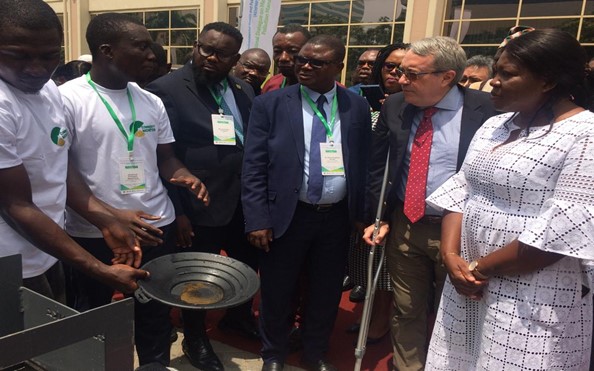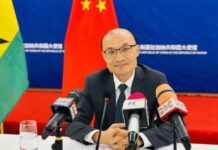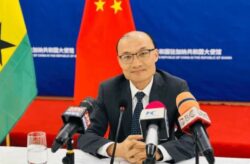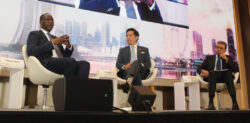-with nationwide construction of collection and dismantling centres
By Deborah Asantewaah SARFO
The Executive Director of the Environmental Protection Agency (EPA), Dr. John Kingsley Krugu, has announced plans to construct collection and dismantling centres to address the growing concern of electronic waste (e-waste) pollution in the country.
According to him, the EPA, in collaboration with private sector partners, has identified specific sites for constructing these centres. He added that the initiative marks a significant milestone toward effectively managing e-waste in the country and ensuring the circularity of e-waste materials.
He pointed out that these actions are part of the progress facilitated by funding from the Global Environmental Facility (GEF) under the Africa Environmental Health and Pollution Management Programme (AEHPMP).
Dr. Krugu disclosed this during a ‘Regional Dialogue of the AEHPMP on mercury and e-waste pollution management’ in Accra. The event was organised to facilitate knowledge and information sharing among five selected African countries: Kenya, Senegal, Tanzania, Zambia and Ghana.
“The agency has also identified sites, in collaboration with private sector partners, for the commencement of construction of collection and dismantling centres across the country,” he indicated.
The AEHPMP is a comprehensive programme aimed at developing an integrated e-waste management system to prevent the release of pollutants into the environment and also reduce exposure to mercury, and regulate mercury use in Artisanal Small-Scale Gold Mining (ASGM).
The Minister for Environment, Science, Technology and Innovation (MESTI), Ophelia Mensah Hayford, in her keynote address, said: “Global E-Waste Monitor reported a record 62 million tonnes of e-waste produced in 2022 and less than a quarter 22.3 percent was collected and recycled in an environmentally sound manner”.
Turning her attention to the immense contribution of the ASGM sector to the country’s economy, she said it contributes about a third of the country’s total gold production.
However, she said the improper handling, storage, use and disposal of mercury has resulted in some documented cases of mercury intoxication and poisoning among miners and non-miners in ASGM communities.
“It is not surprising that gold is Ghana’s foremost mineral and accounts for 90 percent of Ghana’s total mineral exports. ASGM contributes approximately a third to this total gold production.
“The ASGM sub-sector is, therefore, very critical to our nation’s economy and its relevance stems from its contribution to employment, especially women and youth, and direct foreign exchange from gold exports,” she explained.
Dr. Krugu highlighted positive results in the ASGM sector, noting that through the AEHPMP, a communication strategy has been developed to guide interactions with stakeholders.
These stakeholders include miners, mining communities, local governments, traditional authorities, media, policy-makers and others. The aim is to raise awareness about the dangers of mercury to human health and the environment.
He mentioned that as part of the programme, they are also showcasing mercury-free technologies developed by the University of Mines and Technology (UMAT), Minerals Commission and other private companies to provide miners with alternative methods for gold extraction.
Aziz Lagnaoui, Lead Environmental Specialist at the World Bank, pointed out “a serious knowledge gap” on the impacts of mercury in most countries, underscoring the importance of the regional dialogue. He emphasised that without educating citizens on the negative impacts of mercury and other chemicals, no results can be achieved.
He urged participants to consider the local resources available in their respective countries and their suitability when implementing innovative










